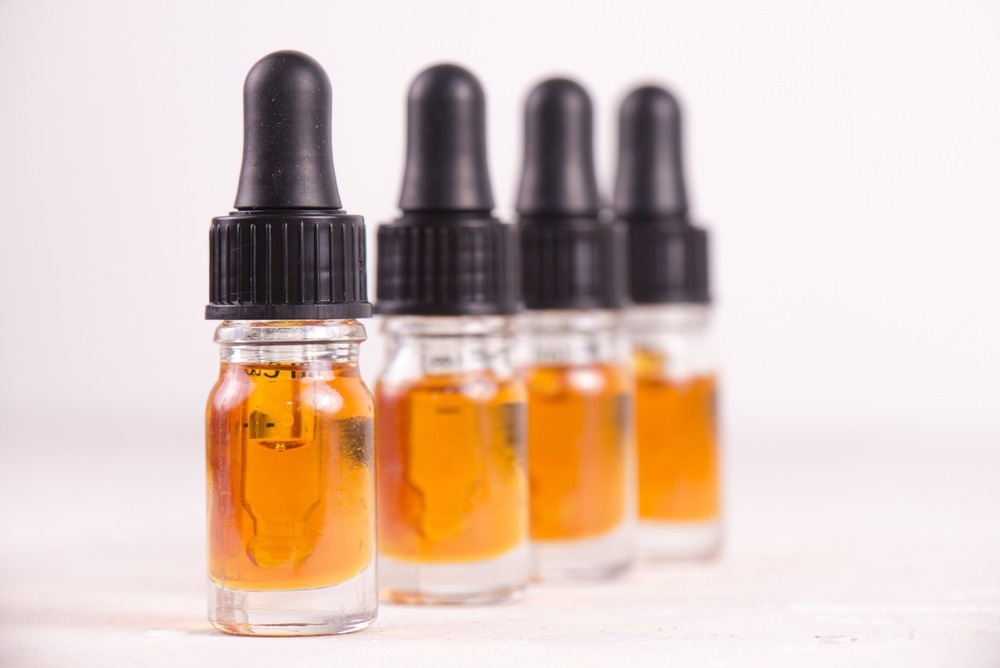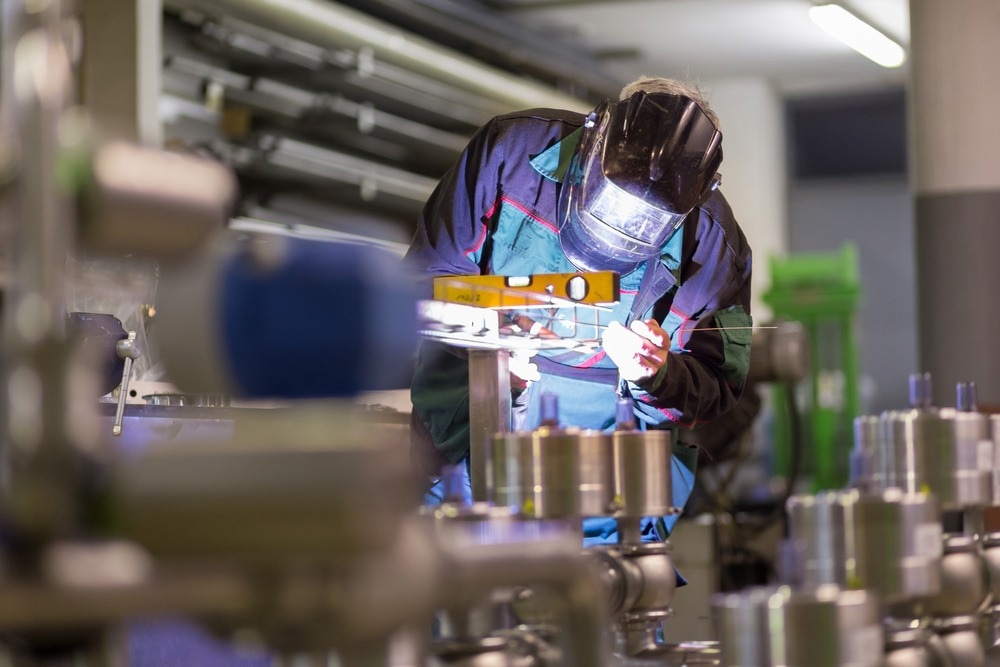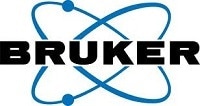Bruker’s benchtop NMR system combines the company's experience and longevity in the systems market with the cutting-edge technology of nuclear magnetic resonance (NMR) to create the most accurate and efficient method on the market today.
With wide design and analytical chemistry applications, the benchtop instrument facilitates a huge range of uses, whether for incoming goods control, process control, and final product quality control. Perfect for industrial use, from pharmaceutical to food, long-standing analytical challenges can be overcome using the benchtop system, which can be operated successfully and easily by trained professionals and new users.
Please describe the qualities that were prioritized when developing the benchtop NMR system.
A strong focus for Bruker, when it came to developing a benchtop NMR system, was keeping the high performance of the floor standing instruments that the company is known for. Bruker has been in this market for decades, and there is an understanding of the Bruker quality - which means reproducibility and stability of the systems. These quality factors had to be met in developing - and bringing to market - a benchtop system.

Image Credit: ShutterStock/Ha-nu-man
The stability of the magnet, the homogeneity of the magnet, the reproducibility of results, and of course, the ease of use are therefore essential. The use of profile should be as broad as possible, allowing the experts to run it with a very broad pulse program library in the industry-standard TopSpin software but also enabling, from an NMR perspective, the NMR non-expert to run it at the push of a button. This simple push facilitates a reliable result, which is reproducible and very important for industrial environments, as it is independent of the operator. It can therefore be operated in any shift by anyone: it does not matter who really runs the system, and the end result is trustworthy and reliable.
Can you explain how NMR is important in the analytical chemistry industry?
The technology of nuclear magnetic resonance brings several advantages over other orthogonal analytical techniques. It is general and non-targeted, so we can capture any kind of substance and material within single runs of analytics. It also does not require any compound-specific reference material for quantification, so these are general advantages of the technology – but when applying it to industrial value chains, these are covered from an end-to-end perspective.

Image Credit: ShutterStock/luchsenF
There are design applications for R&D and product innovation with very sophisticated high-resolution instrumentation, but also derivatives out of it brought to benchtop instruments: smaller derivatives of it covering manufacturing environments. This brings an advantage to using harmonized methods because designed products - and the analytical technique with it - can be rolled out into production for incoming goods control, process control, and final product quality control.
What are the analytical chemistry applications of the bench top NMR system?
The benchtop NMR system is capable of a number of end-to-end solutions. The end-to-end solutions mean you start with a sample, and at the end, you get your analytical question answered: so this can be a report, a new line in a data report spreadsheet, or so on. The endpoint is not the NMR spectrum, which then would need to be interpreted by an expert.
Bruker’s strategy is bringing this Fourier 80 benchtop NMR system into manufacturing environments in industry and aiming for automated data interpretation - whether in a mix of profiling modules, in the consistency of foodstuffs, etc.
What are the common challenges that occur within the analytical chemistry industry, and how can the benchtop NMR system Fourier 80 help with that?
A common challenge within the analytical landscapes of the chemical industry is that you need to have a shortened time to result. Where the question is the front-end side of the process at the loading ramp of incoming goods, questions on quality and specifications must be given quickly, and processes will have to adapt to external triggers very quickly.
Regulations are changing, and competitive landscapes are changing: so users need to adapt quickly to an outside trigger and to new situations. For this, you also need to adapt your analytical landscape quickly to a new product, a new formulation, or a new requirement in the process. Time to result is everything, and having a broad setup for comprehensive coverage of a multitude of products is key.

Image Credit: ShutterStock/H_Ko
For example, a fully automated end-to-end solution has now been launched in the form of the Fourier 80 Chem Lab version with a mixture profiling module. This essentially means that at the loading ramp of incoming goods, but also in the final product quality control or a synthesis control as a process control feature in the manufacturing process, the analytic question is often: “Which components are present at which quantity in a given mixture?”.
In the new solution, we have launched profiles, a mixture, reports, and all constituents at the given quantity without any user interaction. The users need to consider that NMR, in the past, was somehow considered a complicated method because data interpretation was a key element within the process. An NMR expert was required to interpret the data and for filing a report at the end.
This has now been eradicated, thanks to the new mixture profiling software on the Fourier 80 benchtop NMR system: we have all this captured within the software, so the operator only needs to put the sample into the auto sampler and start the workflow by pushing the button - and at the end, a report is filed where all components are plotted at the given quantity.
Even a sanity check – or a check of consistency - is given in a visual way in the report to convey that it is not a black box solution. Instead, it is very transparent, and the operator would see that within this quality measure, whether the analytics worked out very well or whether there is a need for escalation for getting to an orthogonal method, and so on.
Certain fields can impact multiple fields that rely on analytical chemistry. What are some such fields?
For example, these fields could include the food industry- or any nutraceuticals industry in a broader sense - where you have plant extracts and where the quality or the consistency of these extracts very much relies on the harvest, the condition of growing the plants and the further processing of them. Therefore, feeding plant material into any industrial extraction process requires, from batch to bench, a very consistent raw material.

Image Credit: ShutterStock/Artfully Photographer
These are analytical challenges because the plant extracts or plant material itself can be very rich: with many constituents present and using a classical, targeted analytical technique on it will not lead to success because the metric is too rich.
Bringing in a benchtop NMR at this stage (as an un-targeted method where a measure is provided of the overall spectrum comparing batches to batches, ensuring consistency within given thresholds) is a key way of ensuring added value to the customer because such analytics are completed within a matter of minutes.
Once this result is obtained – after ten or twenty minutes – the user can store the models. Once the next batch is given and the next harvest is done, you can compare it to the previous model in an automated manner. The system will tell the user whether they are within specs or not.
Key examples here would be the cannabis industry, the raw material for the cannabis industry, as well as specific fields such as edible oils, for example.

Image Credit: ShutterStock/Roxana Gonzalez
The olive oil screener light has also been launched, which gives a number of targeted and un-targeted KPIs on the product itself, and reports it in an automated way. Once again, therefore, it is an end-to-end solution where no NMR knowledge or expertise is required to run the analytics, but the customer can still benefit from the advantages of the technique itself without really needing to read a spectrum to interpret data – so it is a very broad application. This allows the user to take advantage of NMR without having the requirement to have a trained operator on it.
Why do manufacturing environments require a harmonized method?
After decades of innovation, Bruker has brought its product to the global NMR market. The team benefits from having a very broad installation base and very strong, long-standing customer relationships in any kind of market segment: be it in the academic market, the industrial market (which includes various fields of industry, including the pharmaceutical industry, the food industry, but also in the forensics world with law enforcement).
These long-standing and intense relationships lead to a deep understanding of the needs, trends and developments of these market sectors, and this allows Bruker to tailor their new solutions in partnerships with their customers, together pushing the boundary of what is possible.
The strongest, most recent development - besides having a very robust and reproducible NMR platform - is the ease of use, the interpretation of the data, and the automation of this end-to-end solution. These are the key developments, and Bruker is going on this journey together with their partners and with their customers.
For decades, Bruker has supplied floor standing high resolution NMR in the R and D centers; in the product innovation step. Now, the new product and formulation of our customers into manufacturing environments requires a harmonized method.
If the user applies a totally different technique in incoming goods control, process control, or final product quality control, they would even have to adopt their analytics to a new product innovation.
If the user chooses to stay with an NMR and just use a derivative like a bench top FT NMR system, like the bench top NMR system Fourier 80, the user benefits from the deep understanding at the product innovation step, transferring this into incoming goods control and final product quality control by using the same technique. This very much speeds up the process, and it is key to mention that in the manufacturing environment, end-to-end solutions are crucial.

Image Credit: ShutterStock/Matej Kastelic
However, if there is an issue with failure analytics - for example if the quality control fails at the end - interpreting the issue and readjusting the process in production is easier because the R&D scientists already understand the technique of the analytic. This means that the R&D team can interpret the data faster, and they can conclude the correct outcome of this failure faster.
Therefore, having these harmonized methods over the whole value chain in industry helps to speed up the process to market of a new product or innovation. This is time to money for the customer but provides resell comparability if one technique is used in the quality control environment. It largely means that everybody is talking about the same thing when we compare specifications and the batch-to-batch consistency of products, for example.
Who can use the new Bruker Fourier 80 benchtop NMR system?
The new Bruker Fourier 80 benchtop NMR system can be used by any kind of user profile. This can be achieved by using the industry-standard TopSpin control software, as we do for our comprehensive floor-standing systems. The same pulse program library, for example, is available, so NMR experts can use it in the same way that they are used to drive the larger floor standing machines, but can also bring it to the table with theGoScan. This push-button control software interface allows non-experts to operate it as easily as someone trained in its use.
Discover the New Fourier 80 Benchtop FT-NMR Capabilities for Pharmaceutical & Food Analysis Markets
Hand sanitizer products were put under control during the pandemic. How has NMR analysis helped prevent product fraud?
There was an interesting application developed on the Fourier 80 bench top system, which determined the alcohol content in hand sanitizers. During the pandemic, of course, hand sanitizers became very popular. The alcohol content very much defines its disinfectant properties, and as it is a liquid, it is very easy for fraudsters to dilute or thin it to make more margin out of it.

Image Credit: ShutterStock/Maridav
If the alcohol content drops below 60%, for example, the disinfectant properties are lost. We showcased the Fourier 80 benchtop NMR system in a very simple and easy-to-operate quantification of alcohol content in aqua solutions by running these in a fully automated way. The hand sanitizer is pipetted into an NMR tube and is then put into the system, and with the push of a button, the analytics is started. Afterward, a PDF report is filed where the quantity of the alcohol content is given.
The application can be adjusted to any kind of liquid. If you have two liquids mixed together in a comparable quantity, it is easy to determine the quantity of both liquids. We did this with hand sanitizer, so alcohol in aqua solutions, but this can be extrapolated to any kind of liquid. For example, at the loading ramp of incoming goods control, you need to understand on the front-end side of your process that the real raw material that has been purchased is fed into your process. This is done within minutes, fully automated, without the need to understand NMR results and interpret its data.
About Joerg Koehler 
Dr Joerg Koehler studied physics and holds a doctoral degree from the Institute of Biophysics and Physical Biochemistry of the University of Regensburg. His research focused on High-Pressure-NMR based studies of folding intermediates of biochemically active macromolecules. After several positions in sales, sales management and business administration he joined Bruker as Head of Business Unit Industrial. Today Dr Joerg Koehler is accountable for Bruker’s global activities in magnetic resonance in various industrial market segments including forensics.
From product innovation to quality control: industrial value chains require tailored solutions for various analytical testing environments. Bruker’s Distributed Laboratory Topology concept features harmonized methods whilst meeting various deployment requirements. Nuclear Magnetic Resonance (NMR) is a well-established key-technology for analytical chemistry within various industries. The capability of targeted and untargeted identification and quantification of known and unknown substances in mixtures is a prominent advantage. From high-resolution floor-standing instruments to easy-to-operate benchtop systems: Bruker offers the broadest NMR portfolio suiting any deployment requirement whilst featuring method harmonization across the whole value chain. As time-to-result is a critical measure in manufacturing environments, sending samples to different locations for analysis is not always meeting timeline expectations. An easy-to-deploy and robust method for identification and quantification of constituents in non-complex mixtures would directly provide the result where it is needed: at the loading ramp of incoming goods, during production process steps, or with final product quality control.

This information has been sourced, reviewed and adapted from materials provided by Bruker BioSpin - NMR, EPR and Imaging.
For more information on this source, please visit Bruker BioSpin - NMR, EPR and Imaging.
Disclaimer: The views expressed here are those of the interviewee and do not necessarily represent the views of AZoM.com Limited (T/A) AZoNetwork, the owner and operator of this website. This disclaimer forms part of the Terms and Conditions of use of this website.